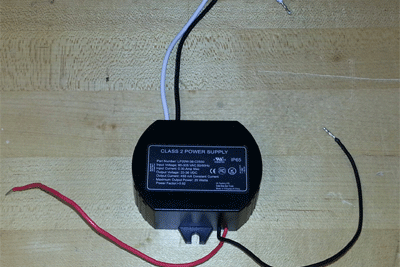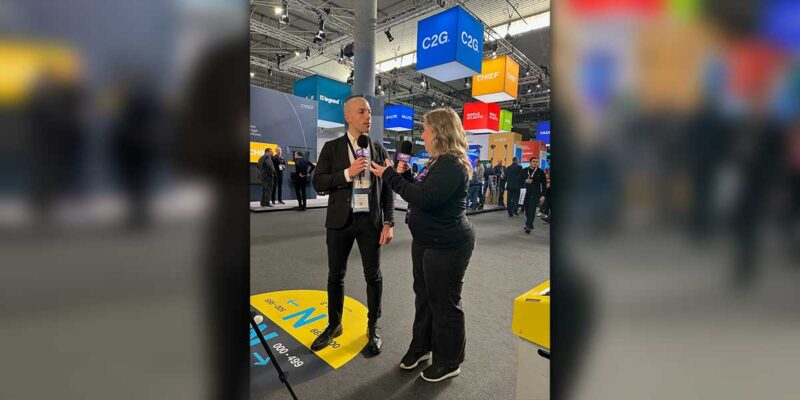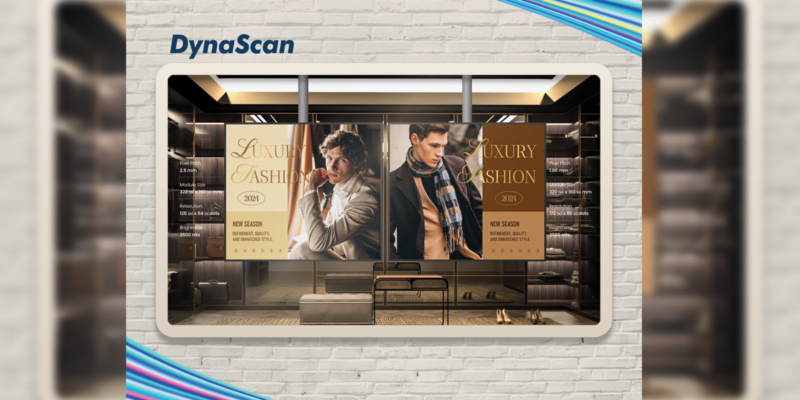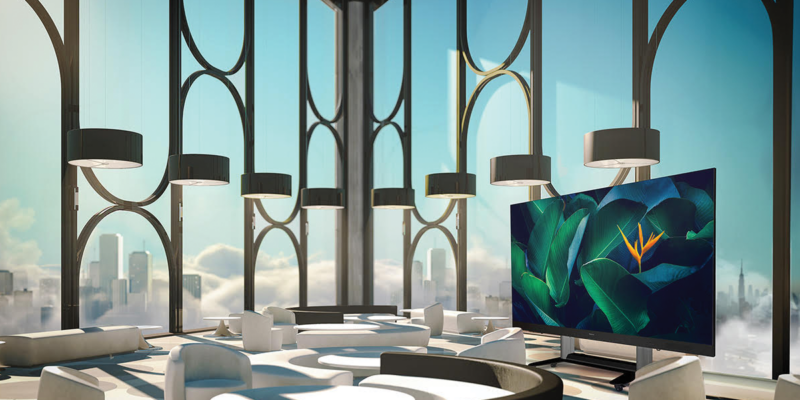Is it Time to Replace Fluorescent Tubes with LED Tubes in Commercial Applications?
 On July 30, Norwalk, Conn.-based Trans-Lux announced a new LED tube as a T8 fluorescent tube replacement, which I learned about on a visit to the company a couple of weeks ago. Most LED replacements have had a narrow emission cone of perhaps 120 degrees. This new product has a wide 300-degree cone and frosted glass so it looks and outputs just like a fluorescent tube – but with the energy use and long life advantages of LEDs. While the LED tube is still much more expensive than a fluorescent tube, for commercial installations, the numbers are starting to make sense.
On July 30, Norwalk, Conn.-based Trans-Lux announced a new LED tube as a T8 fluorescent tube replacement, which I learned about on a visit to the company a couple of weeks ago. Most LED replacements have had a narrow emission cone of perhaps 120 degrees. This new product has a wide 300-degree cone and frosted glass so it looks and outputs just like a fluorescent tube – but with the energy use and long life advantages of LEDs. While the LED tube is still much more expensive than a fluorescent tube, for commercial installations, the numbers are starting to make sense.
This development is coming from an unlikely source. Trans-Lux is a 90-year old company that installed the first ticker tapes on Wall Street in the 1920s. It grew and transformed itself to later provide LED signage to a variety of customers. But the company fell behind competitors and three years ago brought in new management led by J.M. Allain, a former Panasonic executive who is now president and CEO. I had a chance to meet with him and Vincent Galdi, who heads up their marketing and public relations effort.
The company has a number of interesting new products for the traditional LED video wall and signage market – and I will discuss them in other articles. But for this Display Daily column, I want to focus on this lighting product as it really got me thinking.
The first question you want to know of course is the price. A single T8 replacement will soon retail for about $55 including the new driver. This is still a lot more expensive than a fluorescent lamp, and for homes the math does not make too much sense yet. But for commercial operations where there are hundreds or thousands of fluorescent tubes that operate for long hours, the math does make sense. Allain says that by their calculations, institutions are probably looking at about a two-year time frame for a return on the investment for the conversion.
Here is how they figure it. First of all, the LED lifetime to 70 percent brightness is currently speced at 50K hours. For operations that run lights 20/7, that means the LEDs will last 6.8 years to 70 percent of brightness. With some R&D they have on-going, they hope to increase this to perhaps 100K hours. Standard fluorescent T8 lamps are rated at around 20K hours, but this is very dependent upon the type of ballast used.
In reality, it is the driver that is likely to fail well before the LEDs. This is primarily an AC/DC converter to provide the power for the LEDs. Two models will be offered with 1,800 lumens (18W) and 2,050 lumens (22W). Neither are dimmable now, but an optional model could allow dimming too – something fluorescent lamps can’t do.
Trans-Lux is now on its second or third generation of LED T8 tube lamp. Think of this as a strip of LEDs mounted on a solid metal substrate that runs the length of the lamp – all in the shape of a round fluorescent tube. The first one had a big metal rounded substrate that only allowed light from the LEDs to emit in a 120-degree cone. When these were placed in a standard two or four lamp fixture, you could see bright and dark regions between the tubes – something the fluorescent tubes don’t exhibit. This is a product that Trans-Lux current sells in 2-, 3- and 4-foot versions. The new design shrinks the size of this aluminum substrate so that light can now emit in a 300-degree cone. This is now sufficient to provide uniform illumination in the fixture.
The big cost saving for moving from a T8 fluorescent tube to an LED tube lamp is the reduced electrical costs due to the higher efficiency of LED sources — nearly twice as much as fluorescent lamps (the LED tube achieves 110 lumens/watt). But additional benefits accrue from the long life of the lamps too. According to Allain, some installations actually have one or two guys whose only job is to replace lamps all day. Once the retrofit is complete, these people can be assigned to other useful tasks. In addition, there are reduced air conditioning requirements with the LED lamps.
Many say they don’t like the light produced by fluorescent lamps and wish they could have a more tungsten-like illumination. While the color temperature of the LEDs is tunable, the fact of the matter is that customers end up expecting the fluorescent tube replacement to look like a fluorescent tube, explains Allain. The new lamps will be available in color temperatures from 3500K to 5000K (4200K is standard) – the typical range of fluorescent tubes today, with a color rendering index of >80.
Trans-Lux is proving out the ROI math at test site at the Rochester Institute of Technology (RIT), where about 20,000 of the LED tube lamps have been installed so far. Many of the circuits where the fluorescent tubes have been replaced operate at 20/7 or 24/7 and were replaced in the evening hours or slow periods of the day. A specially designed 16.3W LED tube lamp was developed by Trans-Lux for RTI to replace mostly 32W T8 fluorescent tubes (the new T8 LED tube is an upgrade of this version). “Upgrading to the new LED lamps was easy and only took about eight minutes per fixture,” said David Harris, director, utilities and environmental management at RIT. “We are anticipating saving about $300,000 on the 20,000 lamps we have installed so far.” Maintenance on conventional fluorescent lamps is reported to cost $55K per year.
Trans-Lux offers an innovative comprehensive TL Energy LED lighting program that includes project management, survey configurations and engineering recommendations, rebates and incentives, removal and disposal of existing lighting, LED light bulb installation, ongoing maintenance and support.
But what is particularly compelling about this program is that it can enable a new business model too. Essentially this boils down to the concept of “leasing light.” In other words, instead of a customer paying all of the upfront conversion costs, a company like Trans-Lux would offer a 10-year lighting contract, for example, with installation and maintenance provided by Trans-Lux for a stable monthly fee. While all the details still need to be worked out, the concept is certainly interesting and one that many customers could wrap their head around.
We like the technology and thinking that Trans-Lux is bringing to this and other markets. Maybe it is indeed time to consider replacing vast arrays of fluorescent tubes with LED tubes.





